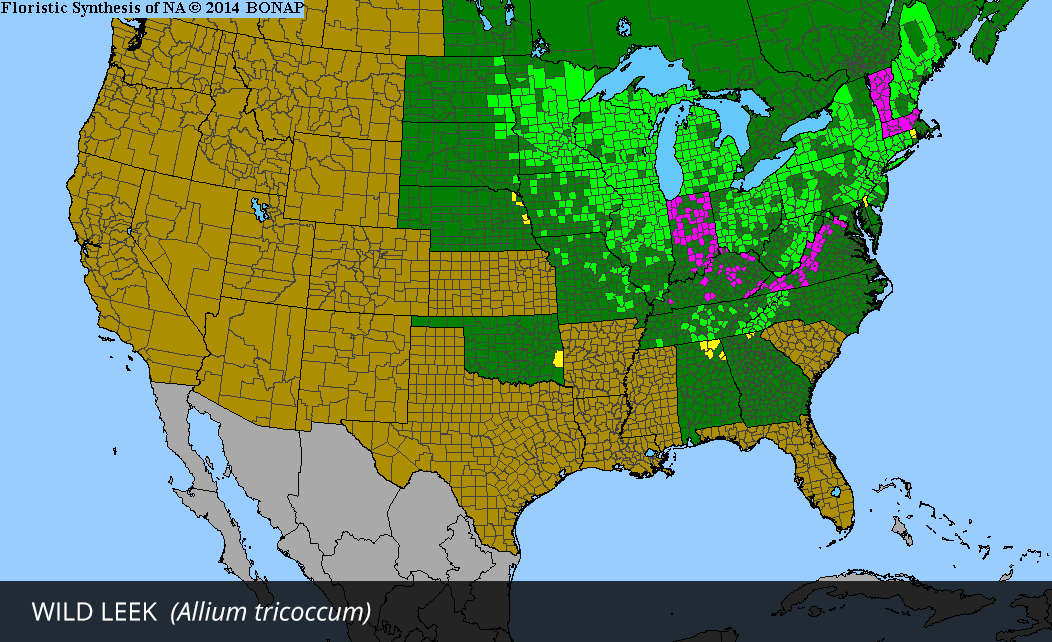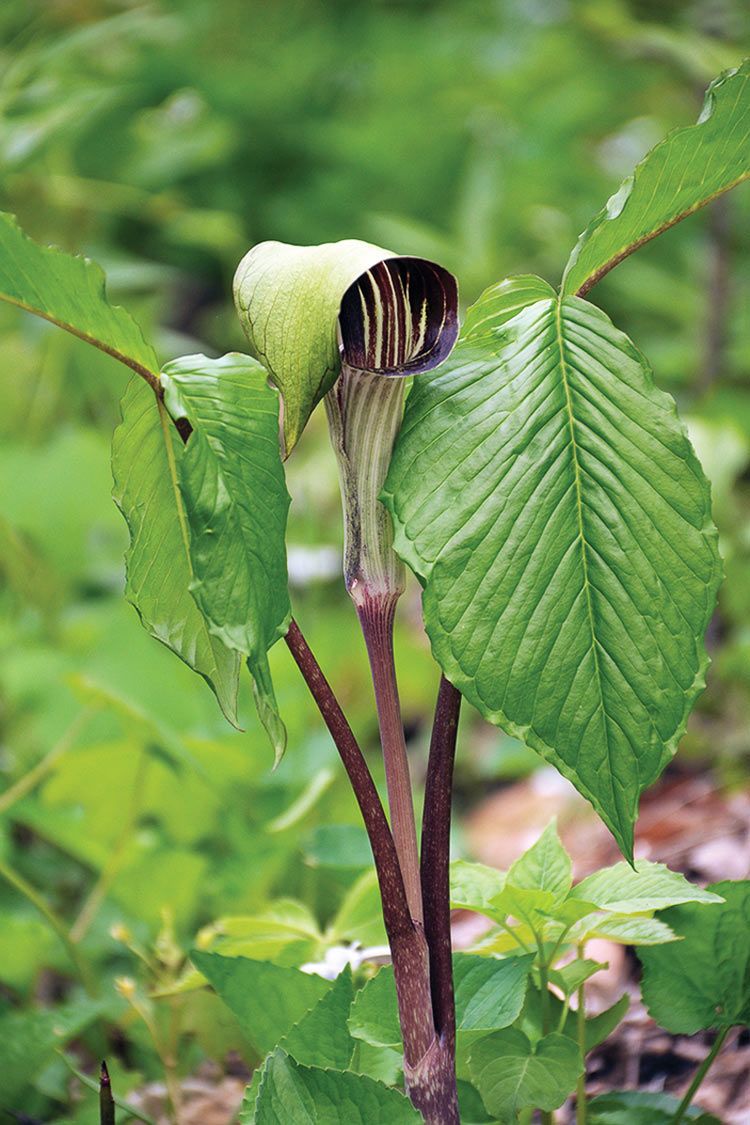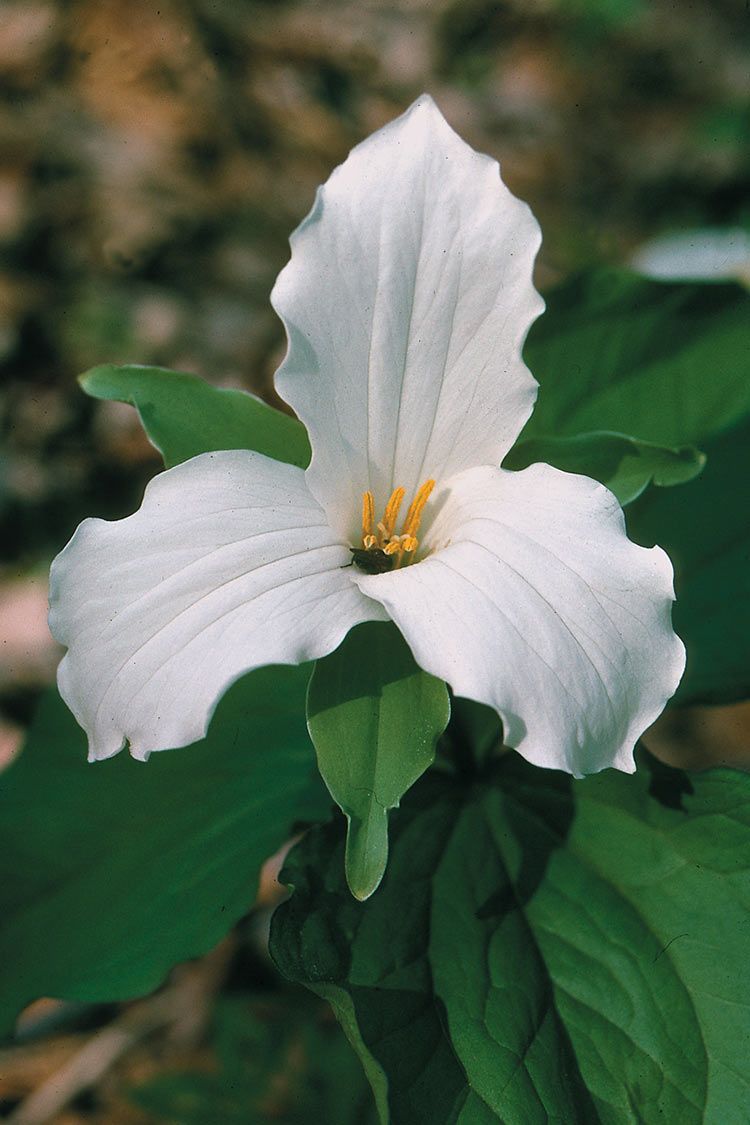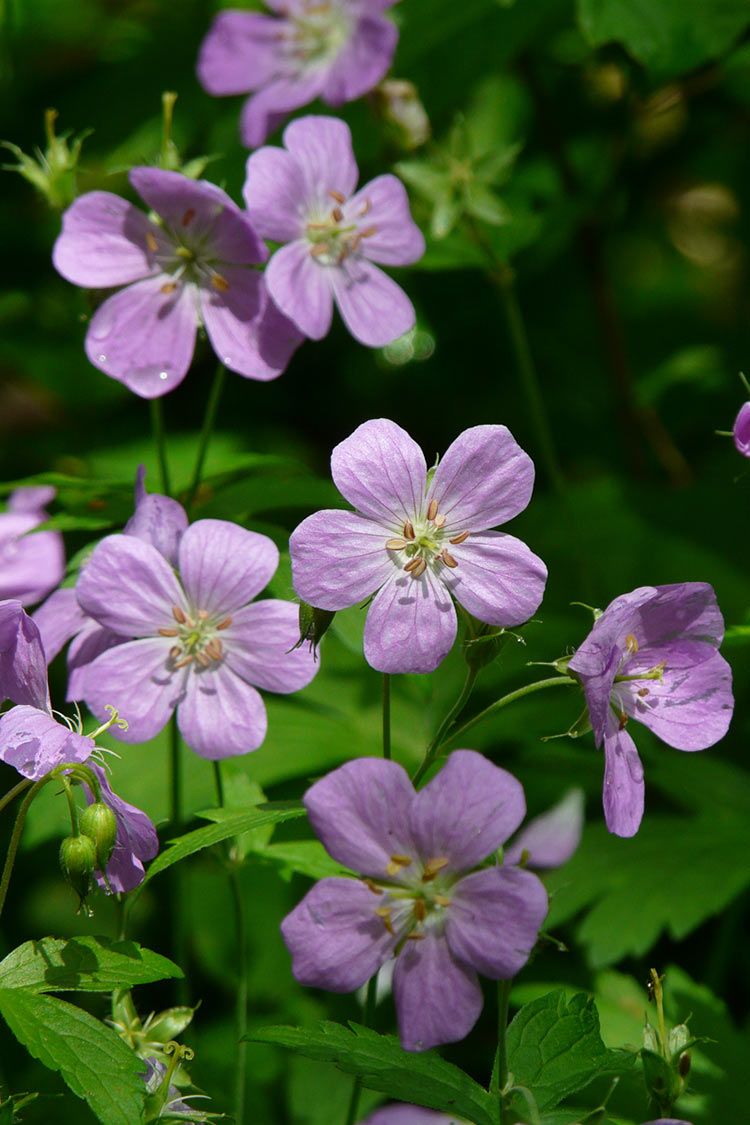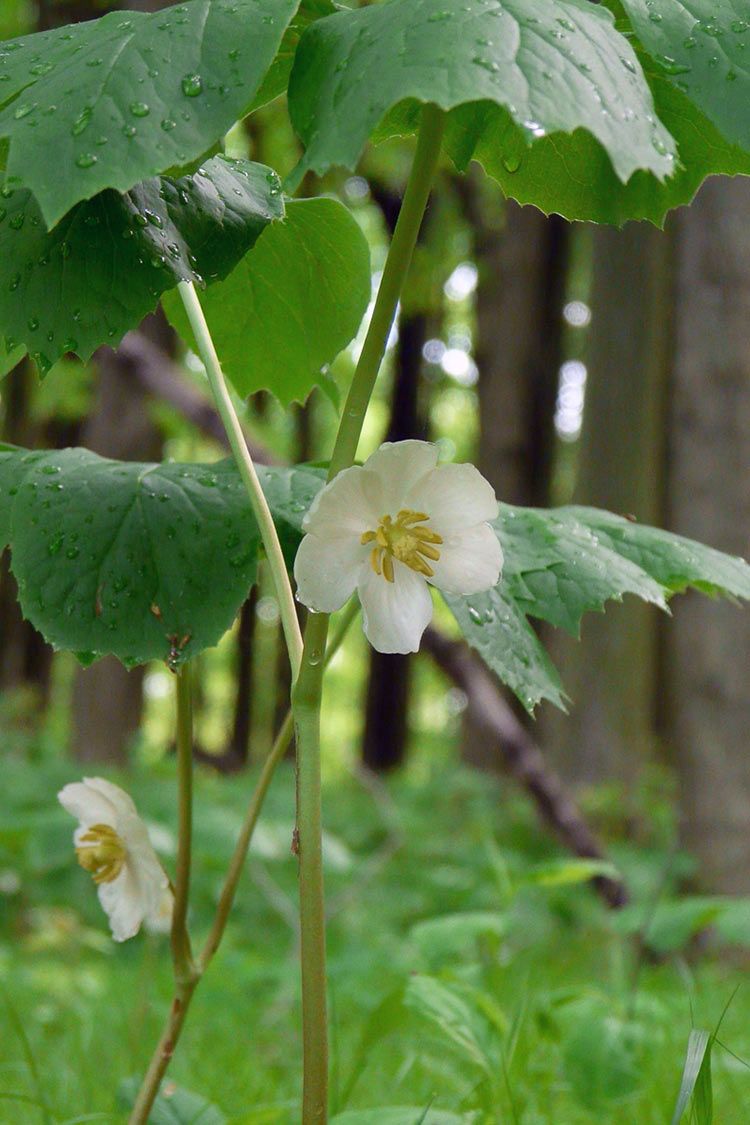Wild Leek
Wild Leeks, also called "ramps," are a popular edible that grows in quality hardwood forests across the Midwest to the Northeast, and south to Virginia. The broad flat leaves with burgundy stems emerge in early spring from a bulb. Both the leaves and bulbs are edible and have a mild onion flavor…
| Soil Type | Clay, Loam, Sand |
|---|---|
| Soil Moisture | Medium, Moist |
| Sun Exposure | Partial, Shade |
| Height | 6" – 1' |
| Bloom Color | White |
| Bloom Time | June, July |
| Spacing | 6" - 1' |
| Zones | 4, 5, 6, 7 |
| Root Type | Bulb |
| Benefits | Pollinators, Deer Resistant |
Wild Leeks, also called "ramps," are a popular edible that grows in quality hardwood forests across the Midwest to the Northeast, and south to Virginia. The broad flat leaves with burgundy stems emerge in early spring from a bulb. Both the leaves and bulbs are edible and have a mild onion flavor. The attractive foliage dies-back by midsummer and a 10” flower stalk emerges from the base. In June and July the flower buds break through their papery sheath and form a white, onion-like umbel. Later in summer the flowers give way to a cluster of pearly black seed heads, which can persist throughout the fall.
Best grown in soil that has consistent moisture and plenty of organic content from decomposed leaf litter. Plant the bulbs about 3 inches deep under deciduous trees and mulch with fallen leaves. Wild Leek prefers typical woodland conditions, with dappled sunlight to encourage growth in early spring, and deeper shade later in the summer as the the trees leaf out. Mature plants can be carefully divided and replanted to increase the size of the patch.
Popular with both foragers and chefs, Wild Leek populations are easily decimated due to over-harvesting in wild areas. If you’re planting leeks as a food source, the bare root stock will take about 3 years to reach a mature size. While the bulbs can be eaten, leaving the bulbs in the ground and clipping a few leaves from each plant is a sustainable harvesting method.




